Lowcountry Therapy April 2021 Newsletter

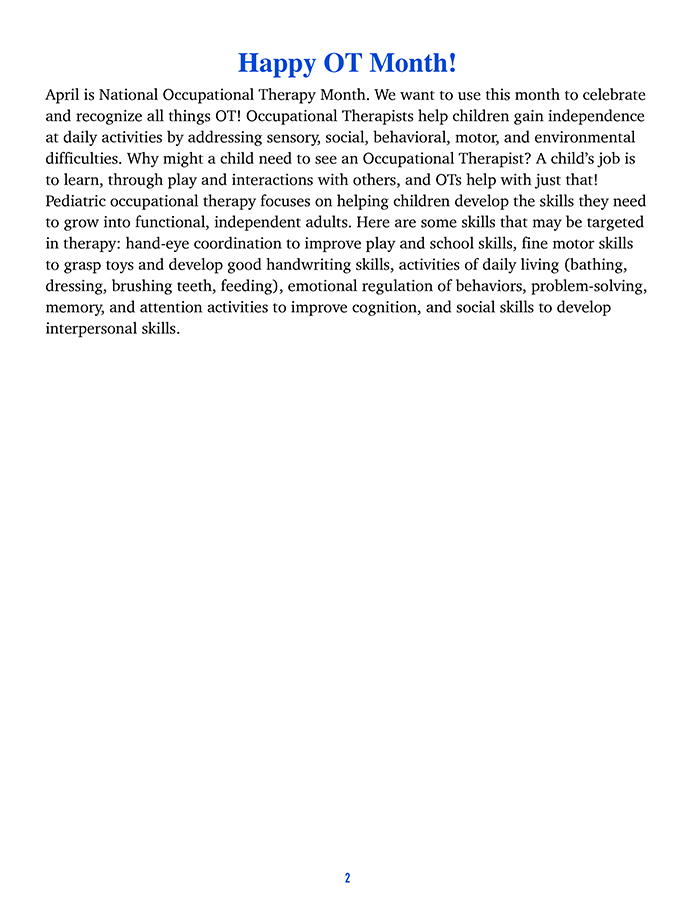


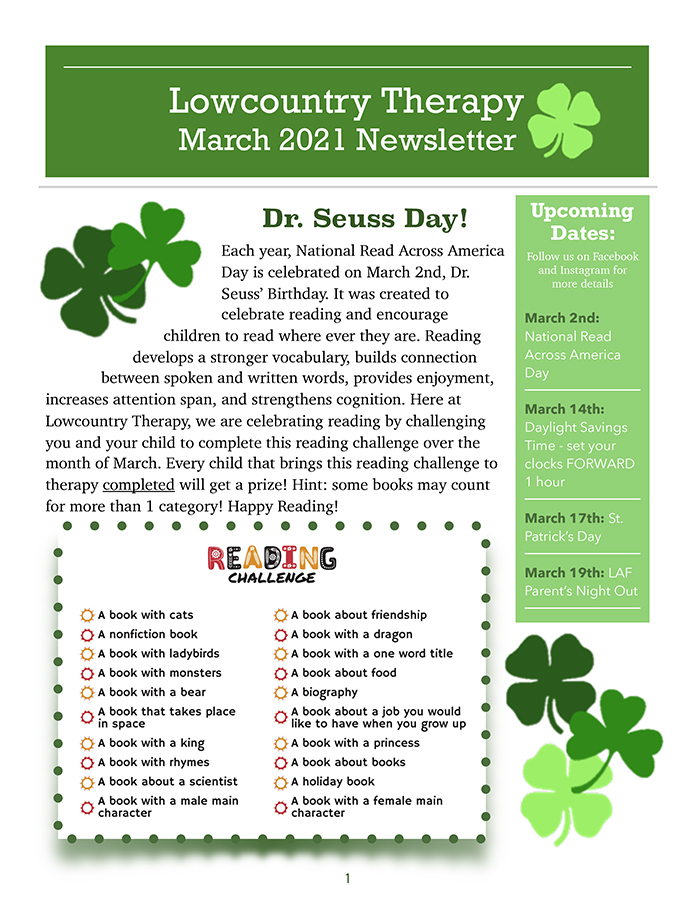
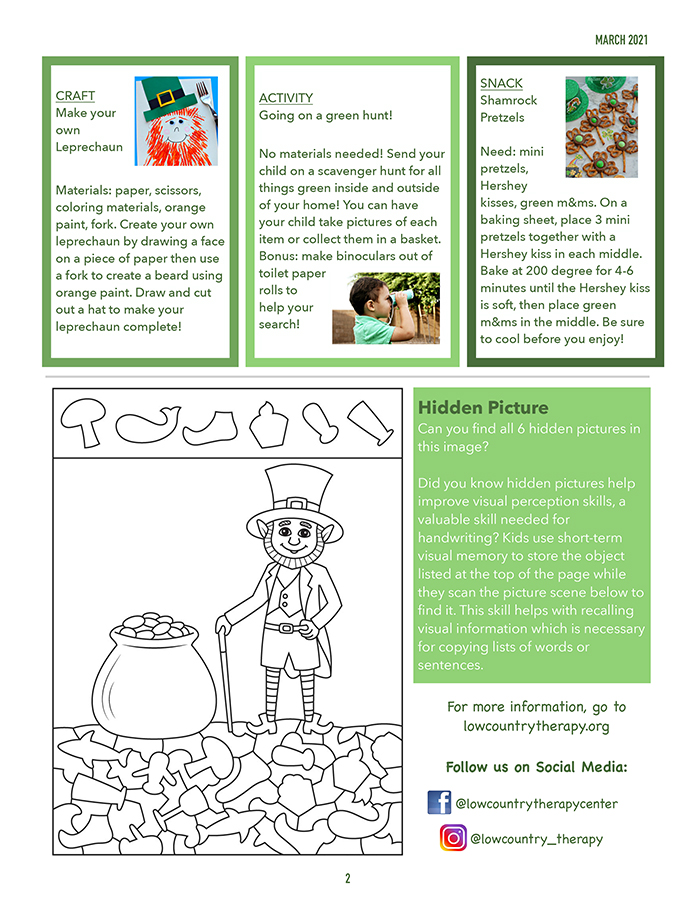


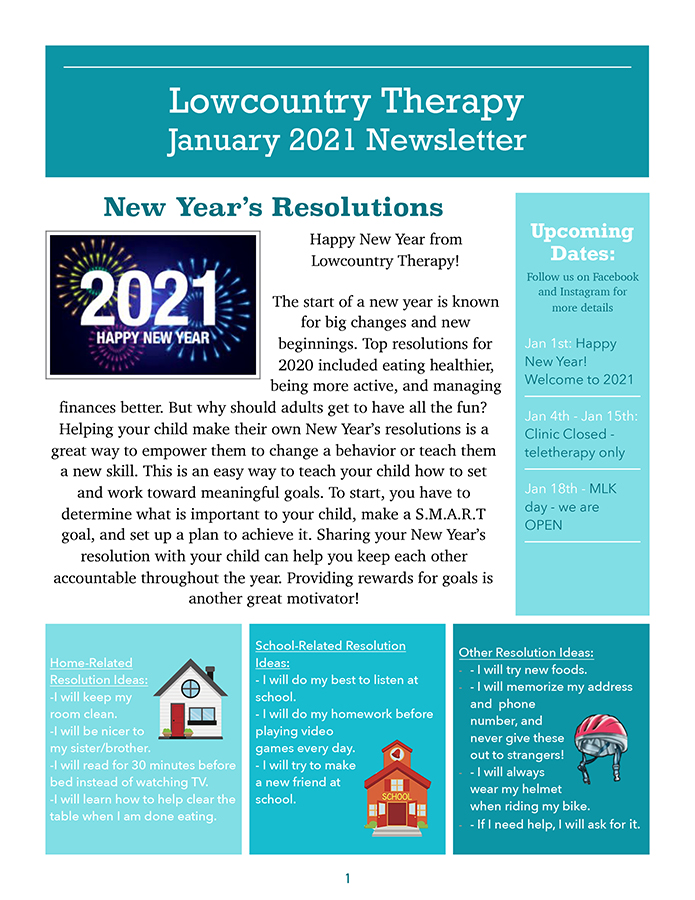


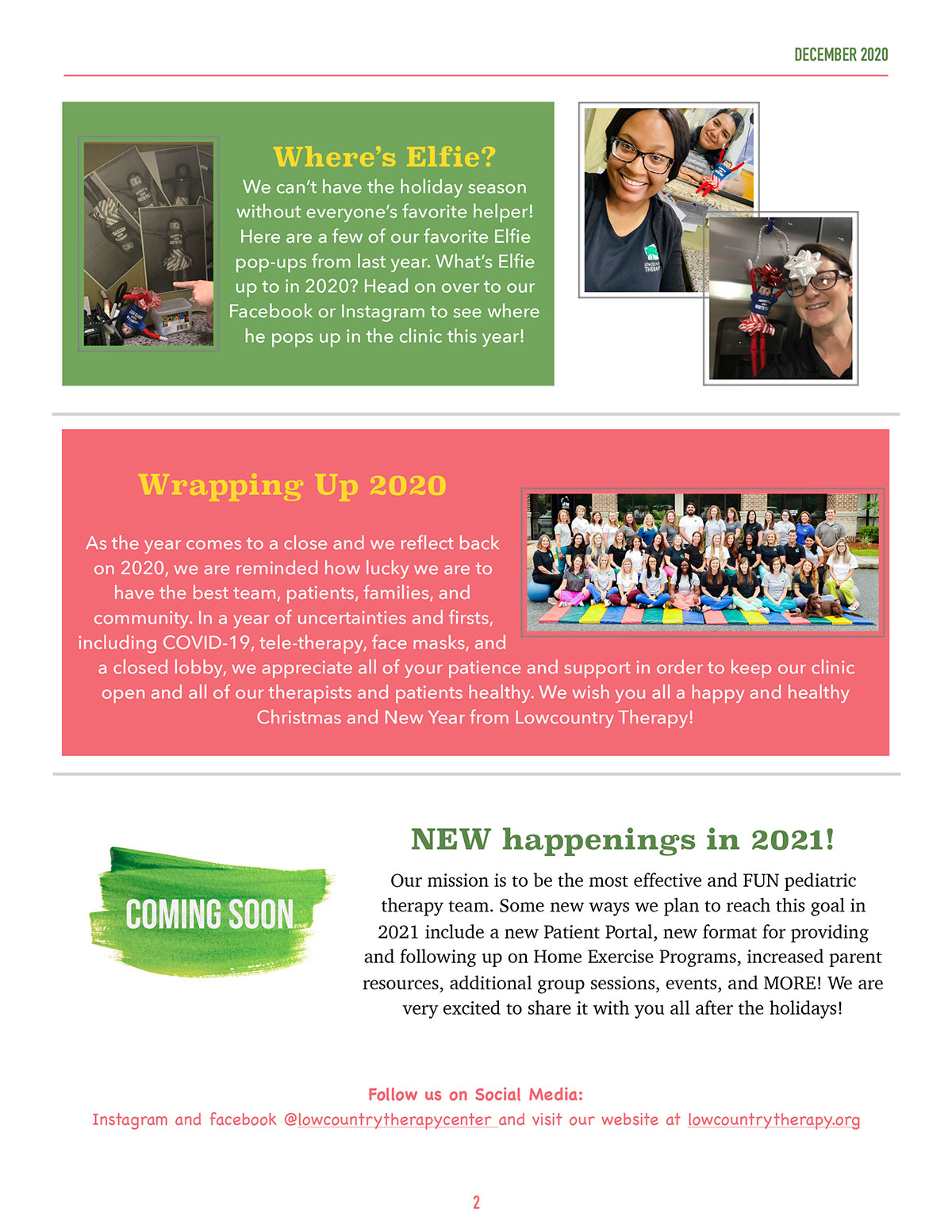

Maybel took a quick snack break between patients to reflect on her first week at Work. “My favorite part is welcoming unsure kids with a smiling face and wagging tail. I love helping kids learn to tie shoes and buckle. Someone also decorated my leash with stickers to help her fine motor precision and control. I can’t wait to meet more frineds.!”
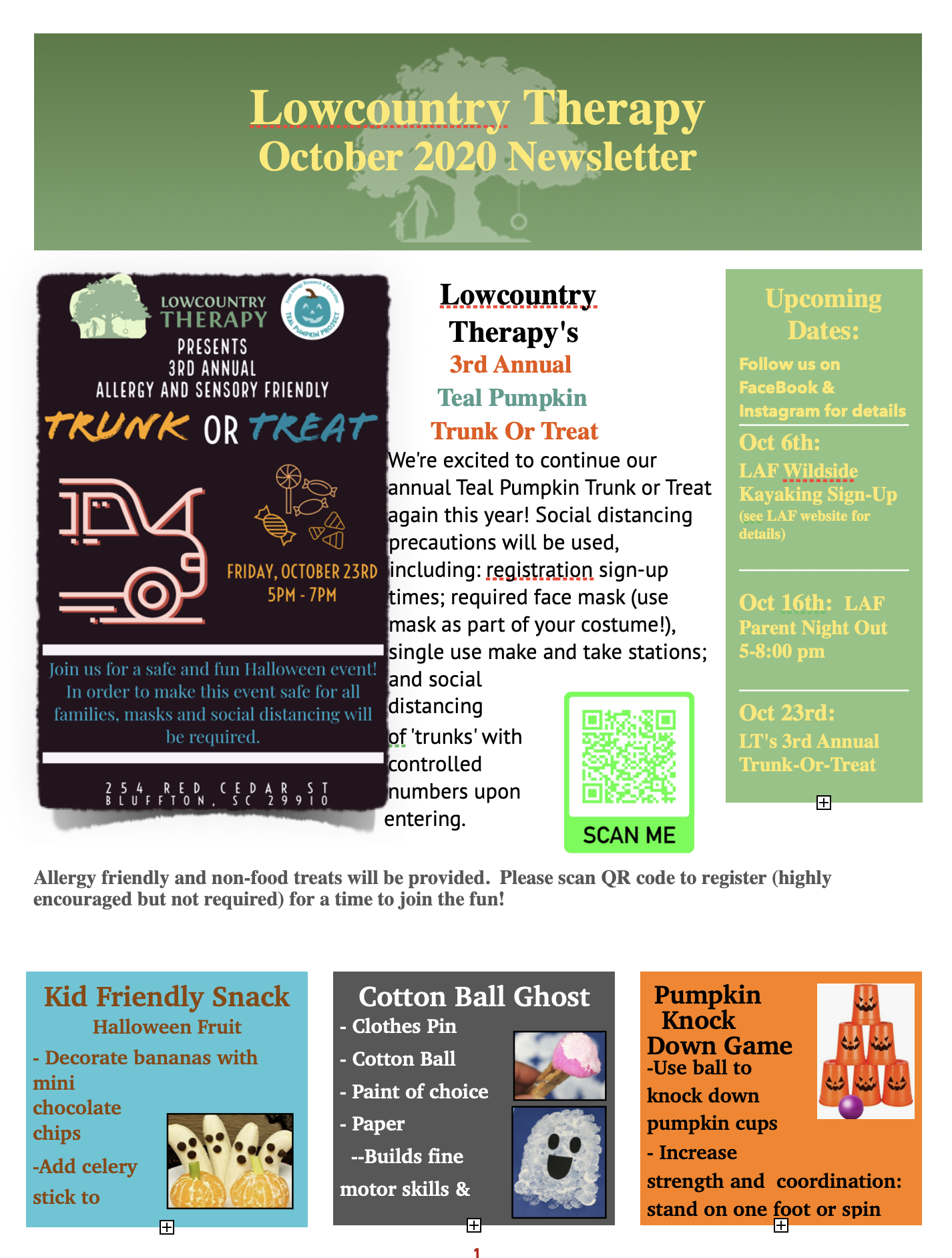
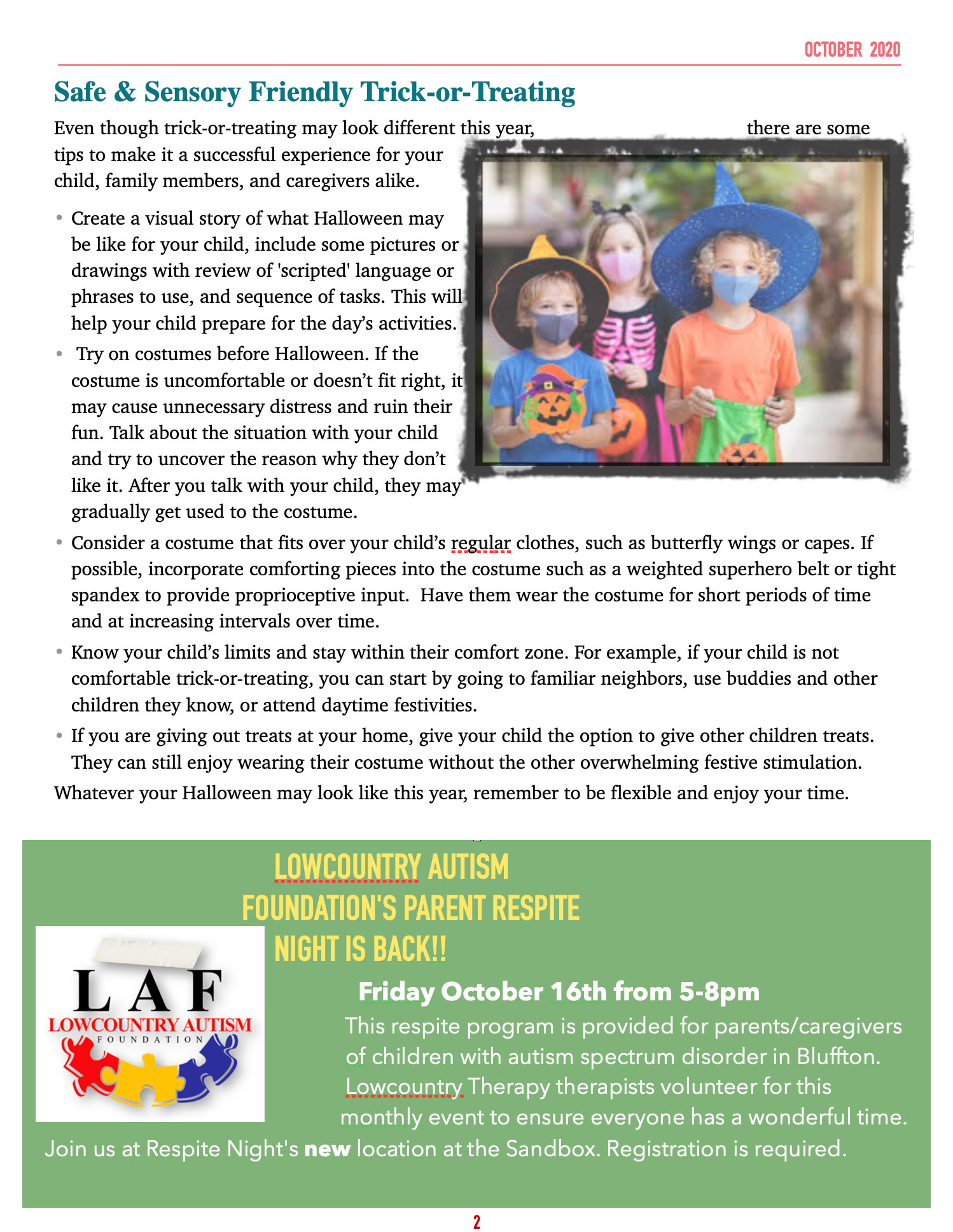

Vision and eye health are important in every stage of life. Eyesight helps babies learn and explore their environment, assists school age children with reading and writing, and helps with hand-eye coordination during play, sports, and self care!
Vision is so much more than just being able to see! There are many components to vision that allow us to interact with our environment. Some of these include:
Eyecanlearn is an awesome resource for children to practice those visual skills! Visit eyecanlearn.com for fun games and activities to target ocular motor skills, visual tracking, visual focus and more!
Also, with Halloween around the corner, don’t miss this fun tips sheet from preventblindness.org to make sure your family has a safe holiday!
It is important to have your vision regularly checked. The Mayo Clinic recommends that children ages 0-3 should have their pediatrician check for eye problems at every visit, children ages 3-5 should have at least one comprehensive eye exam, and school age children should have their vision checked every 1-2 years. Often times, children do not know that their vision is abnormal and if left undiagnosed, can cause behavior problems in the classroom, difficulties with math and reading, and even mimic signs of ADHD! If your child has not had a vision screening recently, make sure to reach out to your pediatrician or schedule an appointment with an optometrist (eye doctor).
Resources:
https://preventblindness.org
https://www.mayoclinic.org/tests-procedures/eye-exam/about/pac-20384655
What is it?
National Keep Kids Creative Week was developed in 2003 by artist Bruce Van Patter. He created this holiday to inspire those who work with children to encourage creativity and foster the imagination. Allowing children opportunities to express themselves creatively is vital to the overall development and wellbeing of a child. It is the freest form of self-expression, where a child can express themselves openly and without judgement. Fostering creativity in children nurtures their emotional health, boosts confidence, and stimulates cognitive development. A child’s creative self-expression also provides an opportunity to appreciate how unique each child is and to celebrate their diversity!
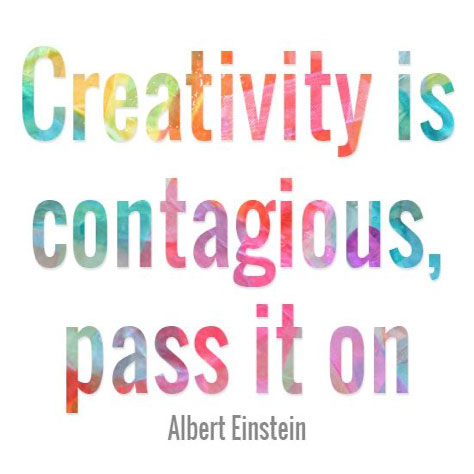
How can we keep kids creative?
We can encourage creativity by providing children with the space and materials to explore freely. When engaging in arts and crafts, place emphasis on the creative process rather than the end product. Allow children to make their own artistic choices guided by their unique intrinsic motivations and ideas. Get messy, be silly, allow mistakes, and have fun! Pretend play is the perfect opportunity for kids to let their imaginations run wild. From flying to the moon in a cardboard box to fighting crime in a superhero costume, child-led imaginative play is the playground for creative exploration. Listening to music, adventuring in nature, journal writing, and dancing are other avenues that welcome and boost creativity.
Ideas to target speech and language goals while encouraging creativity
The opportunities for creative expression are endless. Speech and language development can be fostered in any activity. Just get creative!
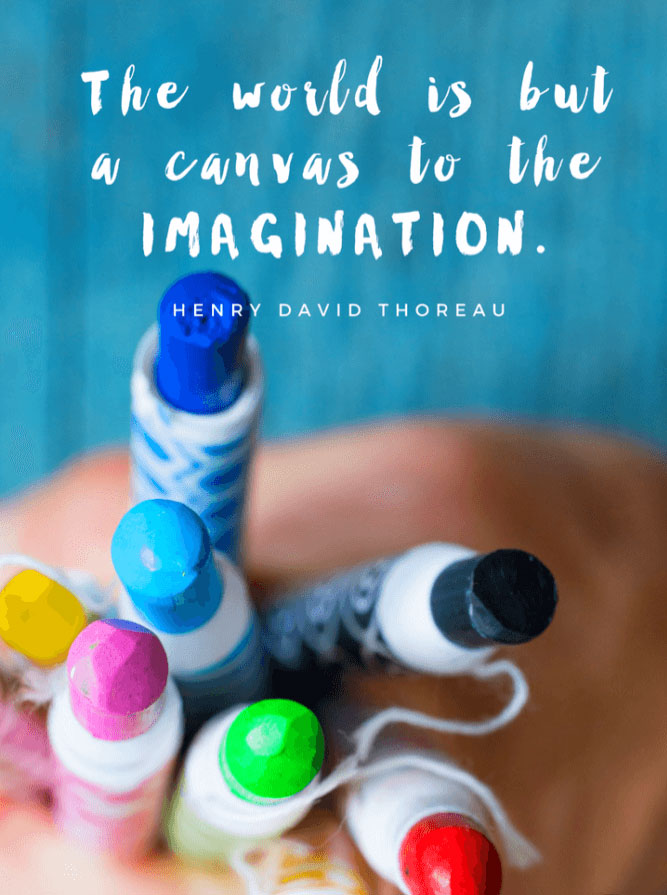

Hello everyone, my name is Lesly. I have been living in the lowcountry for the past twenty or so years. I learned from an early age that I wanted to help people, but I wasn’t sure in what capacity. I went to school for dental hygiene but something was missing. While working in a pediatric office, I fell in love working with kids and the way they view the world. I switched my major, and I am currently a junior at USCB pursing a career as a child life specialist. In my free time I enjoy playing with my two rescue dogs Bella, who is a golden lab and Brooklyn a golden doodle. They keep me active and on my toes. I am excited to join the LowCountry Therapy and team and be able to witness the growth and progress of the kiddos. “If we could see the world through the eyes of a child we would see the magic in everything”- Chee Vai Tang